Responsive Media Lab
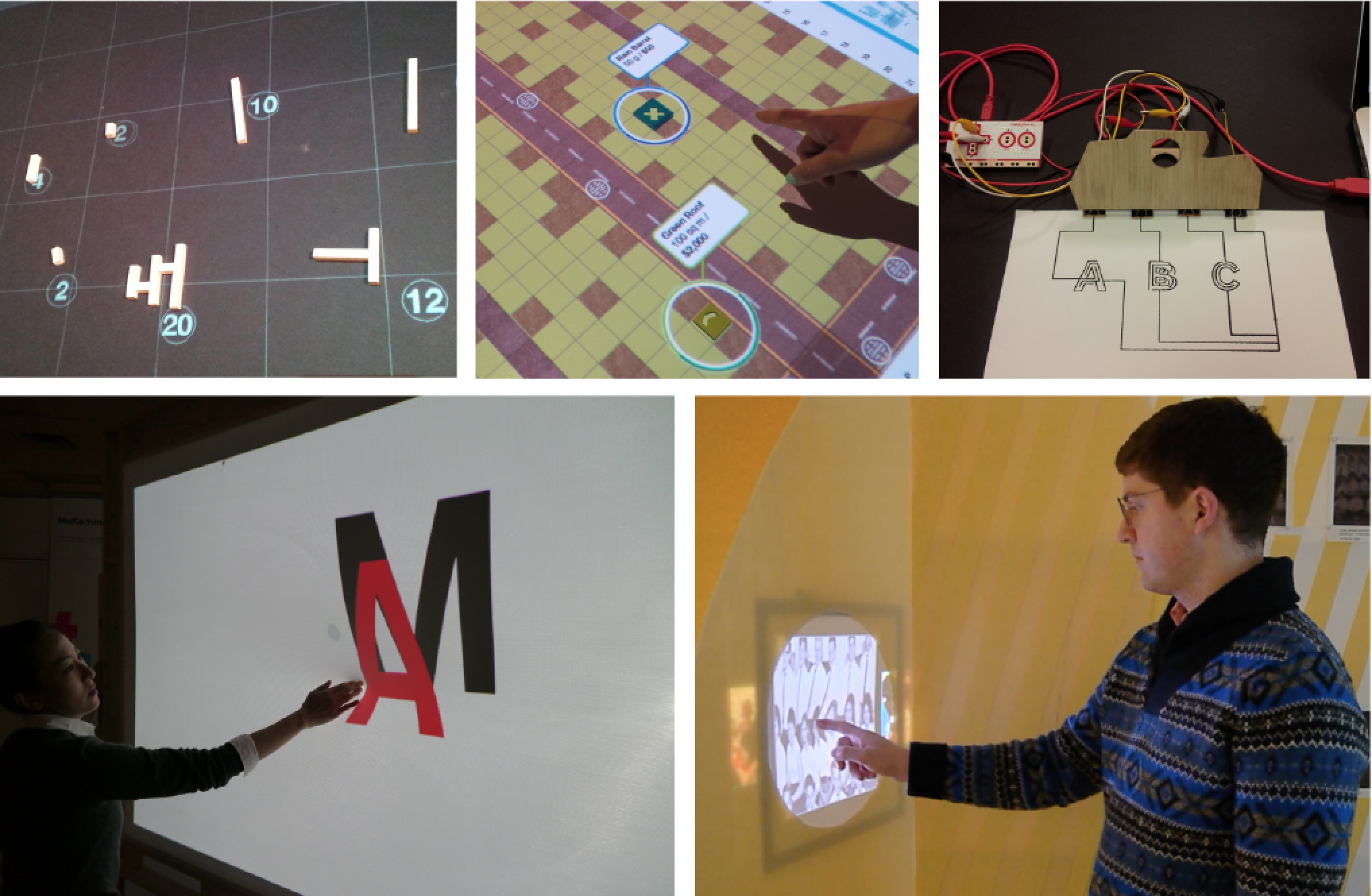

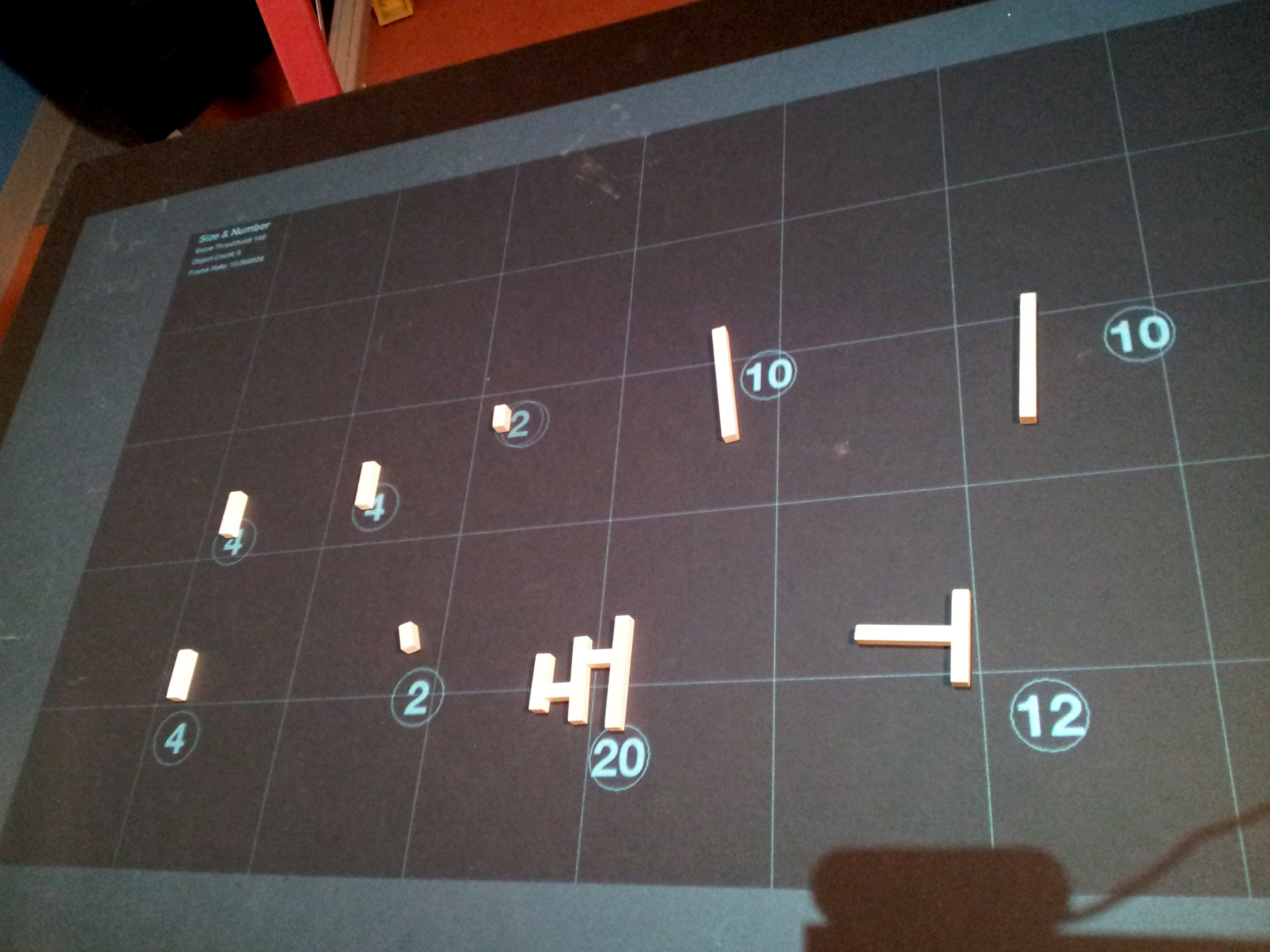
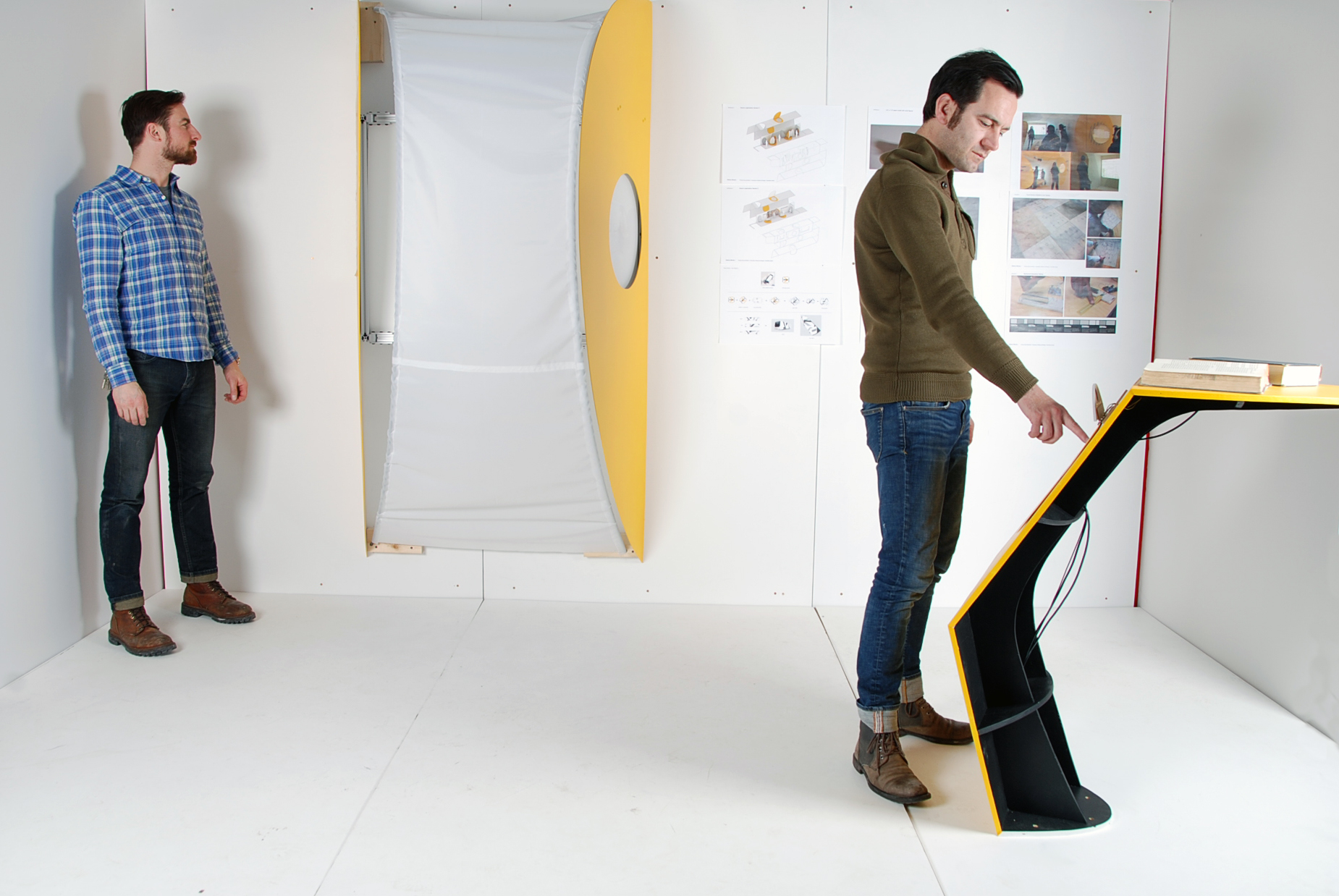
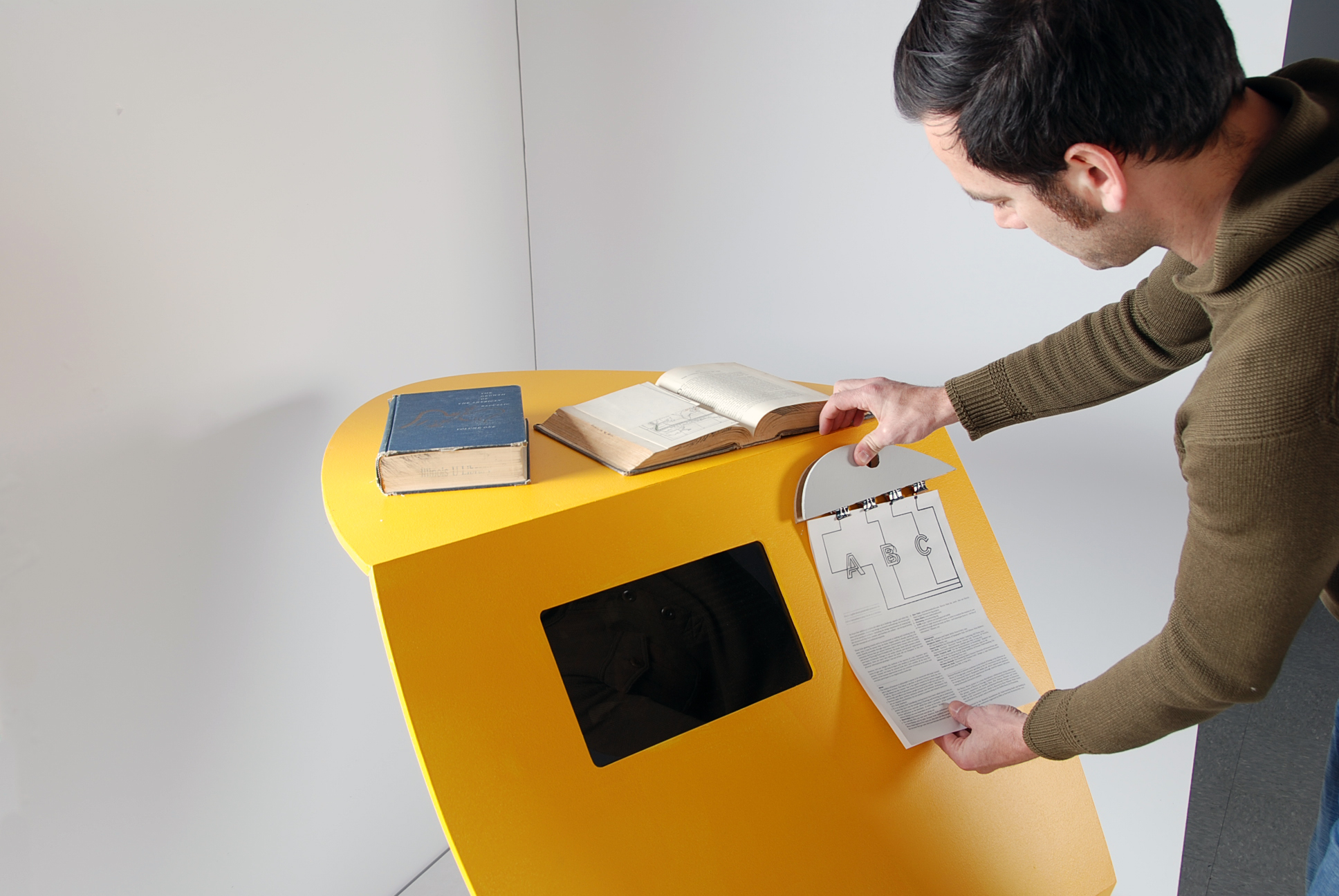
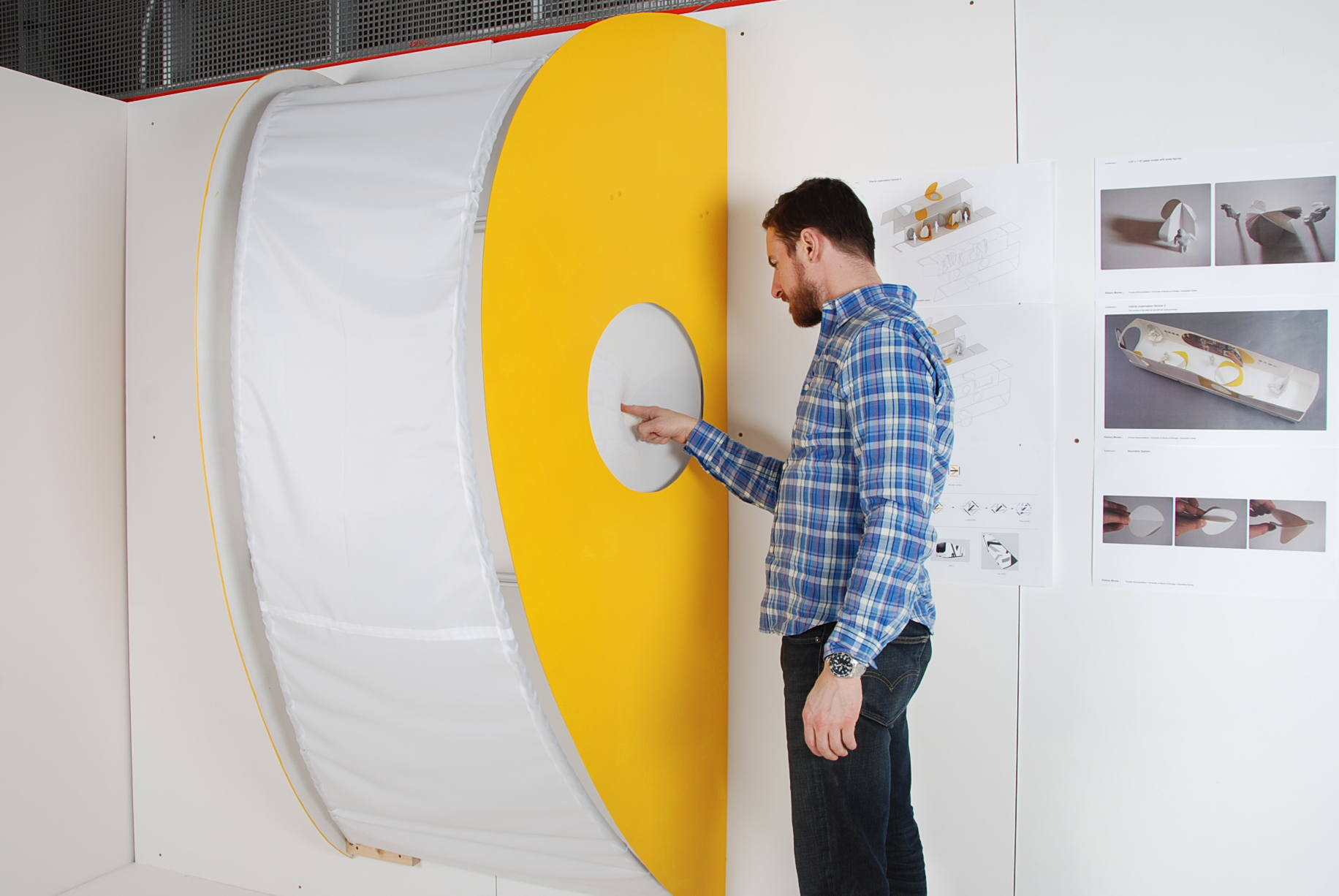
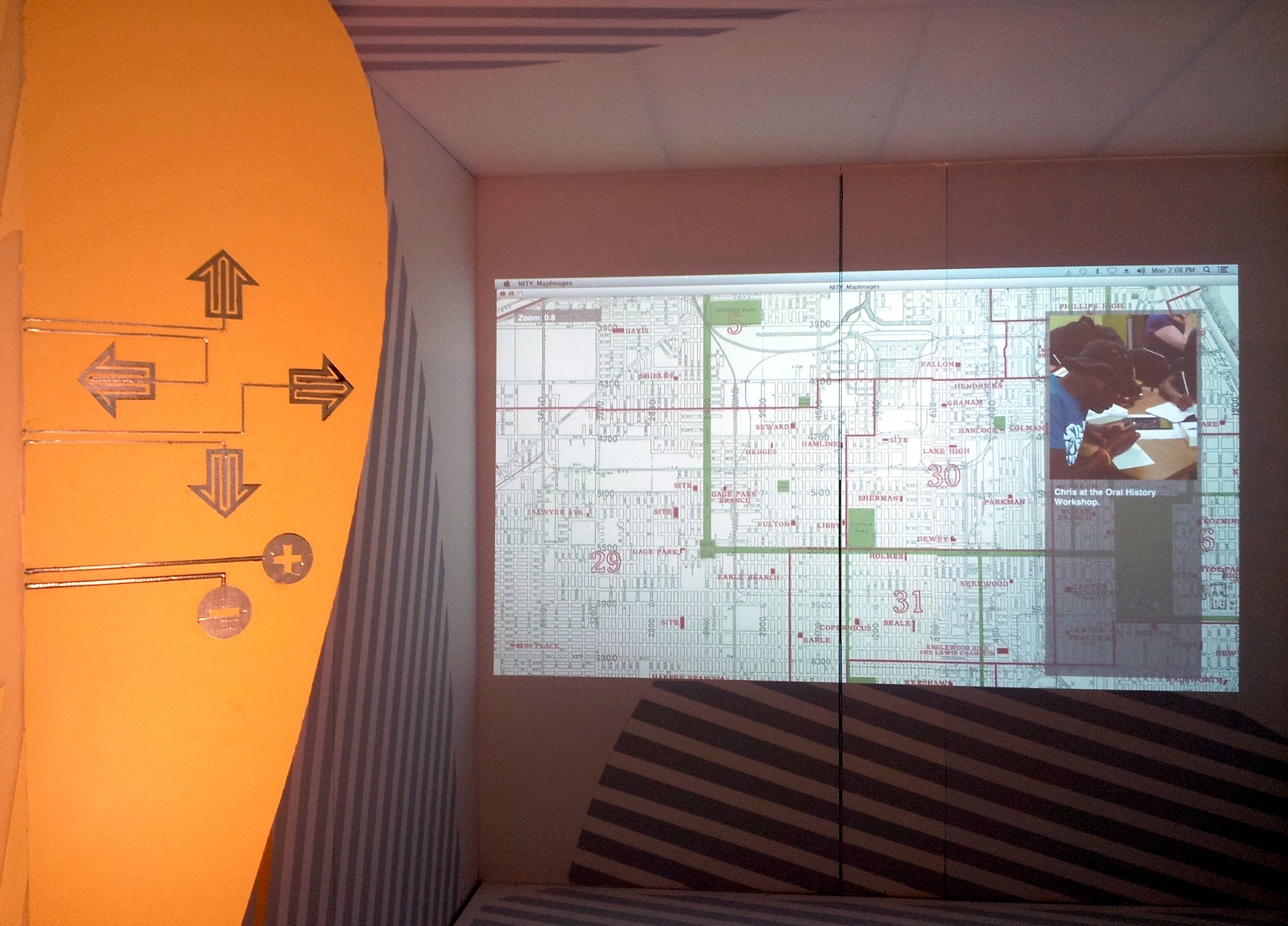

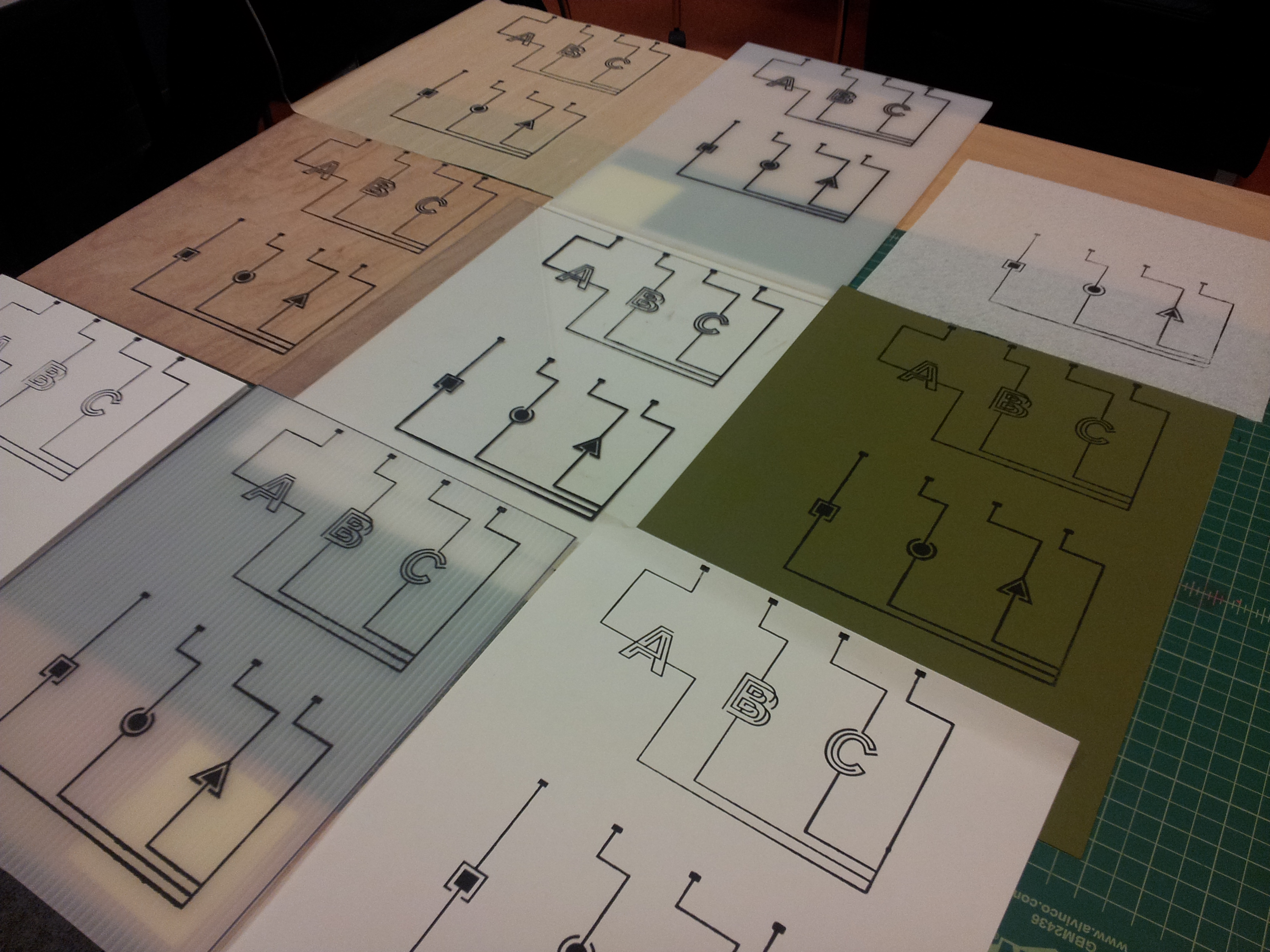
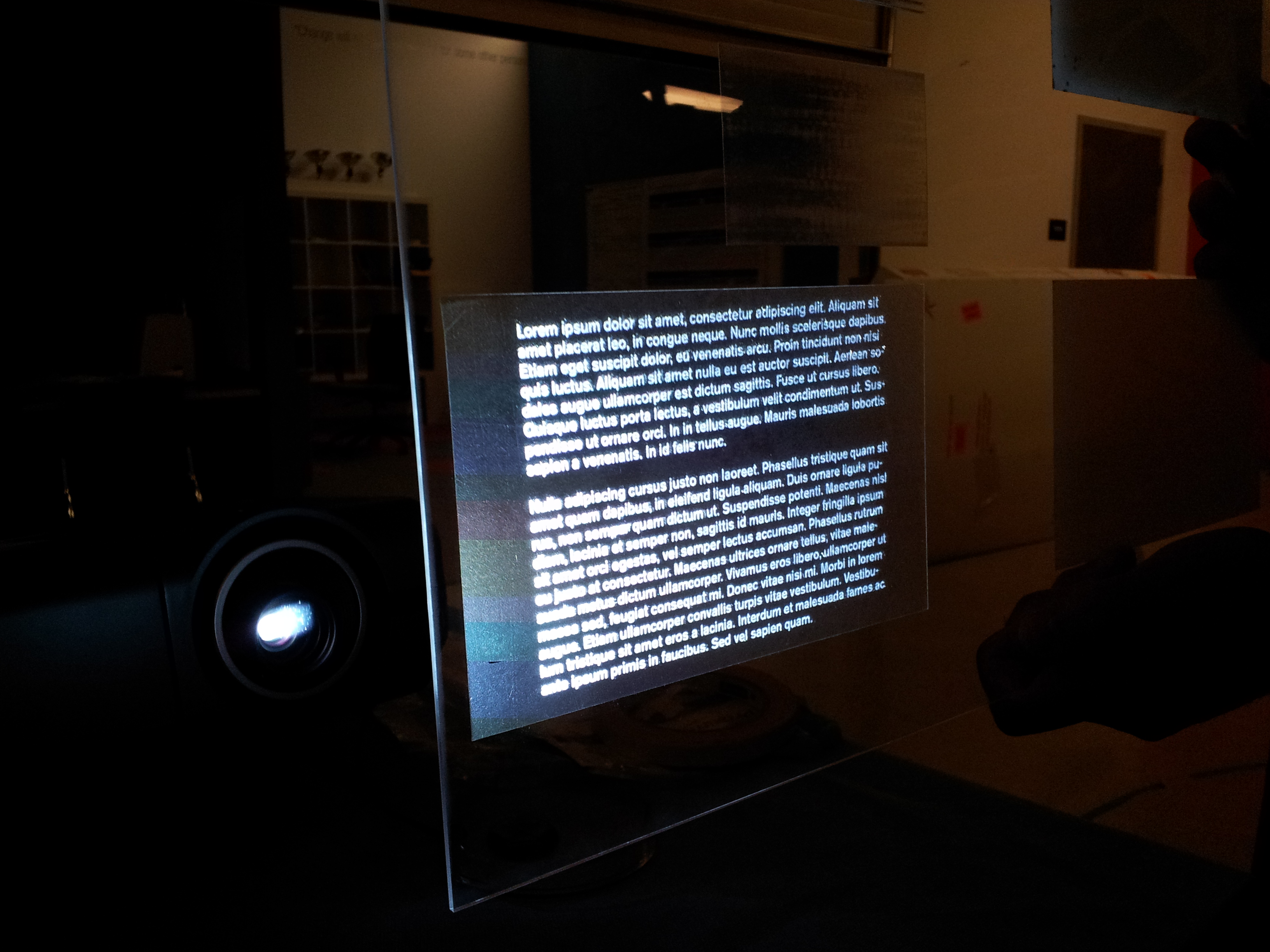

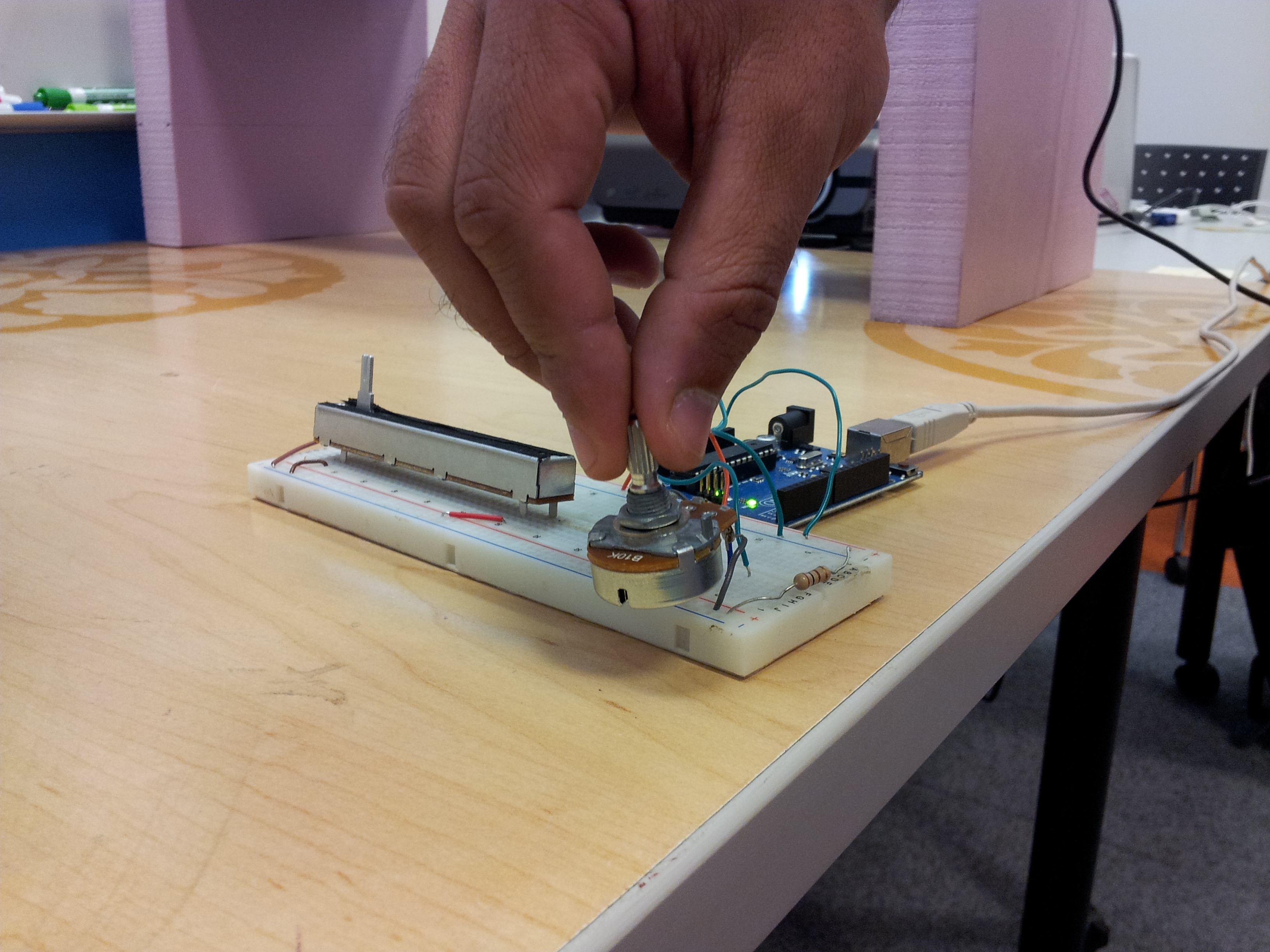

GRANT-FUNDED and SPONSORED EXPLORATORY RESEARCH / 2013–2015
suppored by the University of Illiois at Chicago (UIC) Innovation Center, UIC Chancellor’s Grant, and many sponsors and collaborators
From 2013–2015, I founded and directed a research lab at the University of Illinois at Chicago called the Responsive Media Lab. This was a dreamy role for a new faculty member. The lab was situated within the UIC Innovation Center, a space dedicated to creating intersections of research across campus and with external collaborators, including public organizations, corporate interests, and citizen interest groups. The lab allowed me to conduct a wide range of experients with Tangible User Interface systems aimed to producing digital ineractivity on myriad surfaces, spaces, materials, and contexts—way beyond screens.
The starting point of this research was the initial phase of experiments conducted to imagine, prototype, and test a “Mobile Humanities Lab.” The vision was a bus or moveable cargo contained that could traverse Chicago both sharing and collecting public histories, stories of change and conflict, and produce a citizen-generated image of Chicago, constantly updating itself. This work was funded by a UIC Chancellor’s grant, and the experiments and collaboration spun off many new projects, big and small.
The prototype for the Mobile Humanities Lab included the use of “paper interfaces”: conductive inks applied to printed document so that the tangible page could also be used as an interface on digital media (video player, audio player, image carousel, etc.). This concept spun off into its own project later titled “Legible Circuits” (presented at the Digital Humanities conference ‘Implementing New Knowledge Environments’ at NYU).
The prototype also included a small-scale “Fabric Touch Screen”: tautly stretched fabric using a depth-sensing camera to transform the fabric into a multi-touch touchscreen. These experiments spun into multiple projects, including “Touch Cinema” (below) and the “3D Modeling” concept using a Fabric Touch Screen (also below).
Touch Cinema built on the basic configuration of the small-scale “Fabric Touch Screen” but expanded the scale and interactivity. Once it was large, it became clear that “depth” became a new varaible of interactivity not available on solid glass touch screens. This opened the door for new conceptions of depth as a parameter for GUI applications, photographic interactivity, and other UI possibilities.
The scaled-up “Fabric Touch Screen” also lead to experiments in the use of depth as an interaction parameter to craete a “hands-on” approach to 3D modeling. The fabric even provides resistance, creating tactile feedback while modeling with two hands on the fabric.
Other projects involved a wide range of tests, experiments, and prototypes, using overhead cameras with CV &/or depth-tracking capabilities. Some of these were further developed with University partners inLearning Sciences, Computer Science, and in collaboration with civic groups, and the city of Chicago. Some never left the workbench but provided the backdrop for several courses attached to the lab, including Civic Innovation Lab.
The objective across these projects was to explore new configurations of material, information, image, audio, and hybrid forms of physical-digital interactions. These experiments fed into coursework, sponsored projects, and other grant-funded ventures. It also gave students from Design, Architecture, CS, Biomechanical Engineering, and other fields a playground to tinker, explore, and experiment with low-fidelity and low-cost materials to imagine new technologies and systems outside constraints dictated by any particular domain or industry.
RELATED PUBLICATIONS
Brier, J. & Wizinsky, M. (2016) “History Moves: Mobilizing Public Histories in Post-Digital Space.” Scholarly and Research Communication, 7(2), 2016: 13 pp. DOI: 10.22230/src.2016v7n2/3a248
Wizinsky, M. (2016) “Conflict Interfaces: Mediated Meditations on Desire, Fear, and Anxiety” in Design, User Experience, and Usability: Novel User Experiences, LNCS 9747, Aaron Marcus ed., Springer-Verlag, 2016: 86–97.
Wizinsky, M. (2015) “Touch Here to Begin: Paper Interfaces and Legible Circuits,” Scholarly and Research Communication, 5(2), 2014: 9 pp. DOI: 10.22230/src.2014v5n2a155